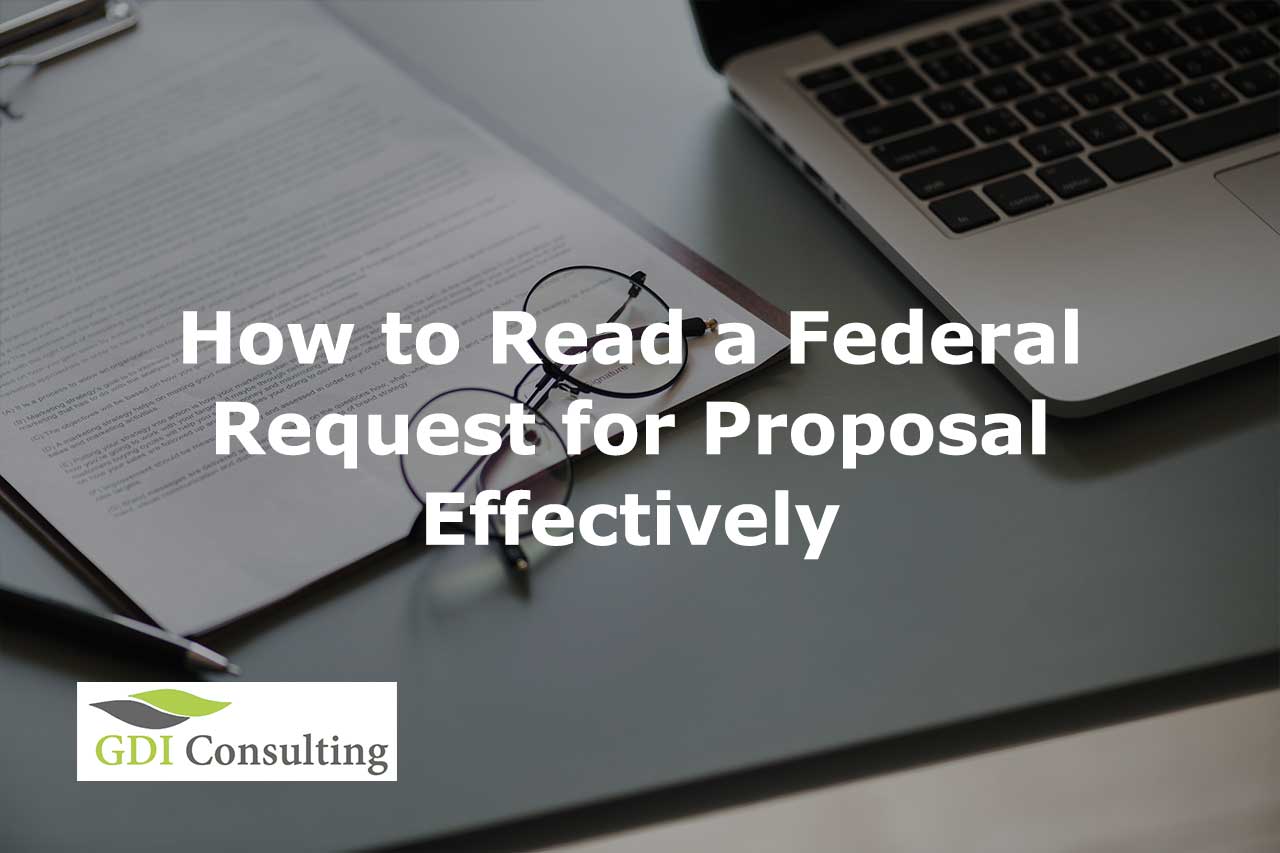The perfect contract opportunity is out now, the Federal agency released the RFP solicitation and you’ve already weighed your capabilities to respond to it. It’s the ideal opportunity that totally fits your business, and matches with services/products you provide. Honestly, reading the voluminous document sometimes can be overwhelming. Nevertheless, you need to carefully analyze each of its sections to ensure compliance in your proposal development process.
Generally, RFPs are organized in alphabetic order, A through M. In addition, they often come with supplement documents or attachments. The most important sections that you must carefully read first and thoroughly comprehend are:
Section L
Here you’ll learn what the Government wants you to write in your proposal, and how to present your solution to their raised problem. You’ll find the instructions on how many pages the proposal should be, what volume and how many copies you should submit to the federal officers. Pay attention to their requirements related to your content. Make sure you fully understand what to include since only persuasive proposals make it to the finish.
Section M
This section is very important because it shows you how the Government is going to evaluate your proposal for award. This will help capture management and proposal development consulting teams develop a unique strategy based on the factors that your project is going to be assessed. Make sure to emphasize your strengths and discriminators that differentiate you from all competitors. Develop at least two compelling, Win Themes.
Section C
Otherwise known as Statement of work, if understood properly, this section can help you meet the government’s requirements and needs for the work to be done in developing or producing your goods or services. In addition, you’ll learn about your specific duties over the duration of the contract; and technical objectives and goals.
3 Tips to Remember
Start immediately
It’s important for your proposal development consultants to start reading the solicitation. Responding properly to an RFP needs a lot of preparation time. You have to gather information, outline a plan, develop a winning strategy, make content and solution plan, write, edit, and review all the details of the documents you produced in order to deliver a flawless product. Start immediately if you want to meet the deadline. Notice that Federal agencies do not tolerate delays.
Read it all through
Not all RFPs are written in the same way. Chances are that many details can be part of a different section, and if you only focus on several sections, you might miss important information. This could result in preparing a lost proposal.
Take notes
As you go through the RFP, make sure to take a notebook and write down some notes. Highlight key points that you’ll need to address in your proposal. Make a list of questions for any uncertainties, so you can get your answers when you attend the pre-proposal conference. Underlining important sections and areas will also prevent you from missing crucial elements to implement in your response. At the end of technical proposal writing, you can check through to see if you covered everything.
Be careful with submission requirements
Following solicitation is crucial for success. The way that the Government wants you to submit your draft varies from agency to agency. Make sure to deliver it in the right period of time and required manner!
By hiring a successful company with proven experience and expertise, you’ll be able to create persuasive proposals and winning solution and win more Federal contracts.

